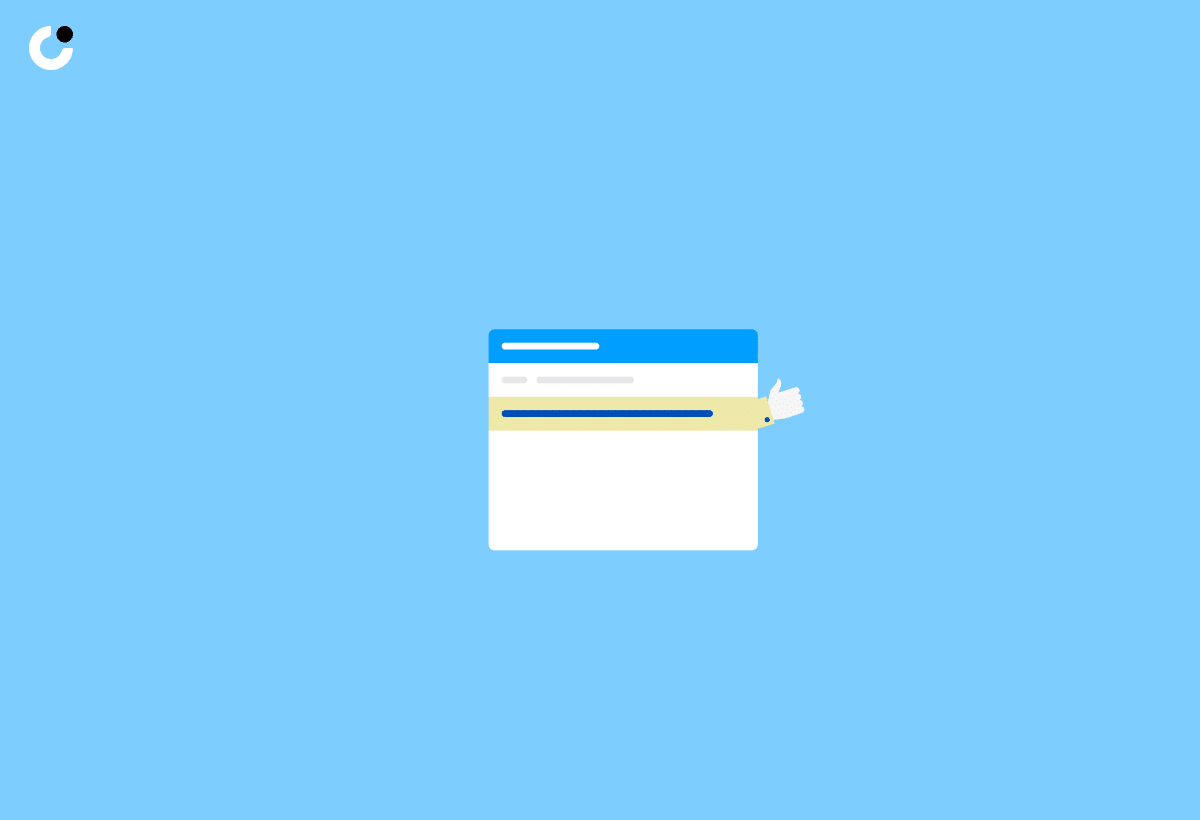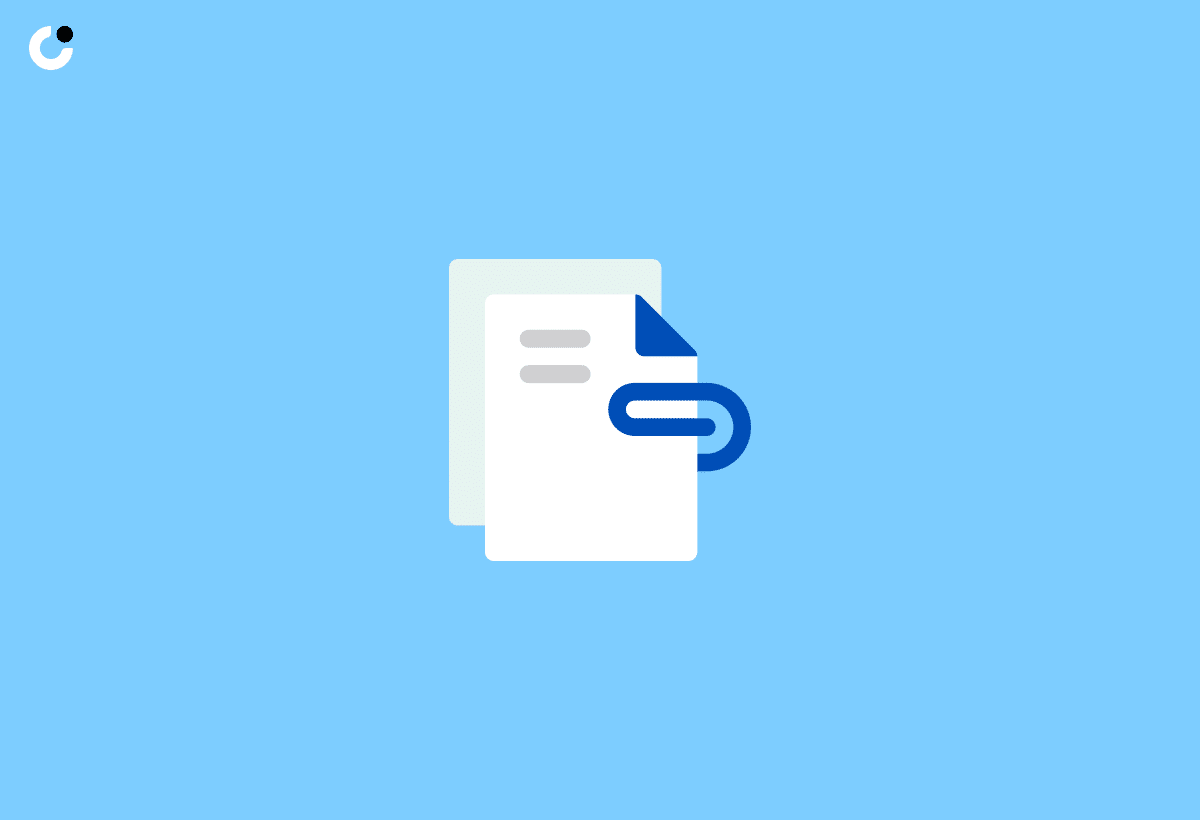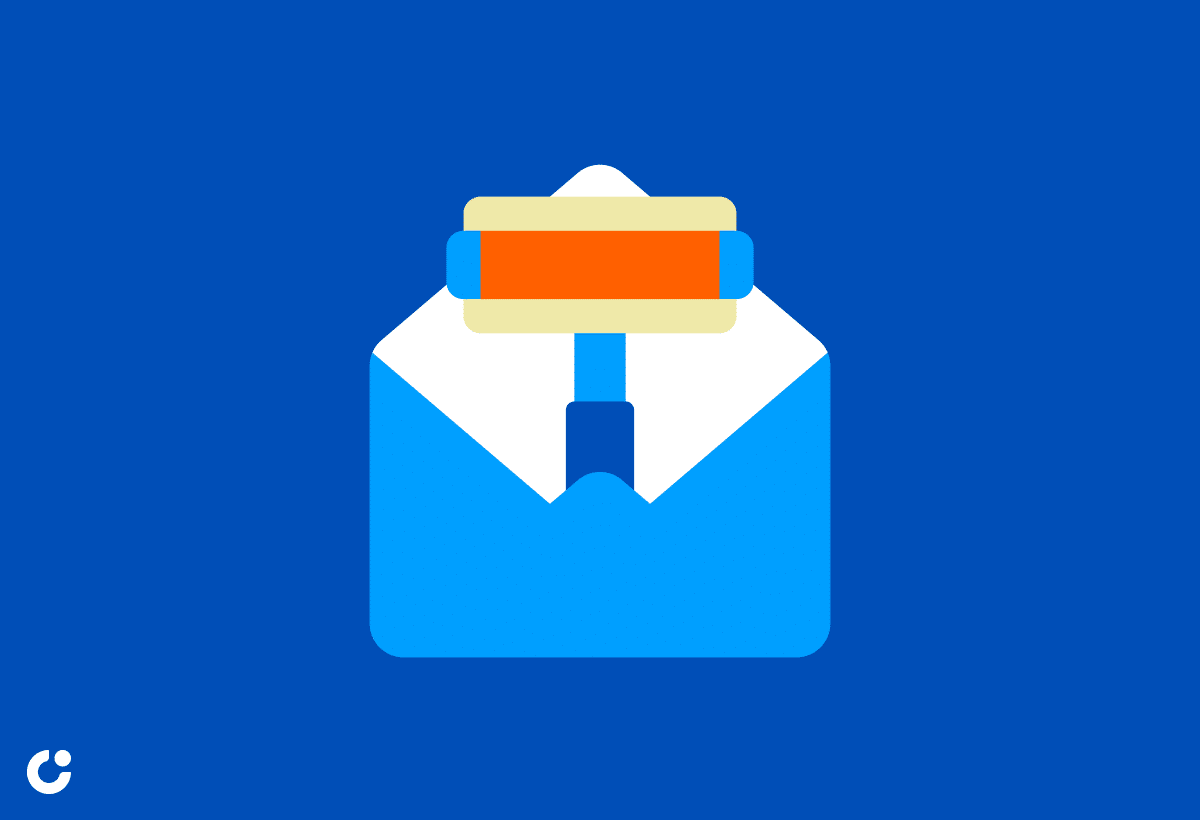Imagine unlocking the door to research opportunities, mentorship, and invaluable connections with just a single cold email. Cold emailing is a powerful tool for gaining hands-on research experience and expanding your professional network. In this blog post, we will guide you through crafting a winning cold email research template that will help you stand out and secure your desired research position.
A well-crafted cold email template can open up new prospects and pave the way for a successful academic and professional journey. From creating the perfect subject line to demonstrating your value and following up, we will cover each crucial step in our comprehensive guide. Get ready to take your cold emailing game to the next level and make a lasting impression on the professors you admire.
Key Takeaways
- Craft an effective subject line to capture a professor’s attention.
- Introduce yourself professionally and showcase your qualifications for research opportunities.
- Follow up respectfully and maintain open communication with the professor.
Creating the Perfect Subject Line

The subject line, being your initial point of interaction with the professor, plays a central role in garnering their attention and interest. A captivating and informative subject line is crucial to convey your purpose and enthusiasm for the professor’s research. Remember, professors are busy, and you want to increase your chances of getting a positive response by crafting a subject line that stands out.
When crafting the subject line, ensure it succinctly articulates your interest in the professor’s research or lab, especially if it’s a new research project. From the get-go, clarity and specificity will facilitate the professor’s comprehension of your intentions, thereby encouraging engagement with your email.
Introducing Yourself and Expressing Interest

A successful cold email is both professional and personal. Here are some tips to help you craft an effective cold email when you cold email professors:
- Start by addressing the professor with a formal tone, such as “Dear Dr. (last name),”
- Briefly introduce your academic background, like being a year biology major.
- Showcase your initiative, determination, and sincere interest in the professor’s work, especially if you have extensive research experience.
Remember to keep your introduction concise and focused on the professor’s research, as this demonstrates your genuine interest and respect for their time. Establishing a connection by mentioning shared interests or any potential mutual connections in research projects can create a foundation for a productive relationship.
Your introduction should also incorporate details about how you stumbled upon their undergraduate research and the reasons for its appeal to you. This not only shows that you have done your homework but also conveys your genuine interest in their work and a desire to contribute to their research efforts.
Name, Year, School, and Academic Field

In your email introduction, be sure to include essential personal and academic details, such as:
- Your name
- Current academic year
- Educational institution
- Area of study
Professors receive numerous emails daily, so providing this information upfront will help them quickly understand who you are and why you are reaching out to them.
Disclosing these details not only underscores your transparency and professionalism but also increases the likelihood of the professor engaging with your email. Don’t be afraid to showcase your academic achievements and passion for the subject area, as this will help the professor gauge your potential fit for their research team.
How You Discovered Their Research

When explaining how you came across the professor’s research, be specific and genuine. Mention the journal article or faculty profile that introduced you to their work and why it caught your attention. Doing so demonstrates that you have taken the time to familiarize yourself with their research and can connect it to your own interests and goals.
The sharing of your discovery journey not only conveys your enthusiasm for their research but also underscores your dedication to learn and grow in your chosen field. This level of detail and genuine interest can significantly increase your chances of receiving a positive response from the professor in such a profound way.
Show Genuine Interest and Enthusiasm

While it is crucial to maintain a professional tone, don’t forget to express your passion and excitement for the research topic and the opportunity to work with the professor. Demonstrating enthusiasm in a formal email can be achieved by:
- Emphasizing your specific interest in their work
- Highlighting the alignment of the research with your academic and career goals
- Expressing your eagerness to contribute to their research efforts
Remember, genuine interest and enthusiasm can often be a deciding factor for professors when considering students for research opportunities. By showing your passion for the subject, you are more likely to make a lasting impression and increase your chances of securing a position on their research team.
Demonstrating Your Value

Now that you have expressed your interest in the professor’s research, it is time to demonstrate your value as a potential research team member. Highlight your skills, experience, and attributes that make you an ideal candidate for the research opportunity. Be sure to mention your availability, prior research experience, and any qualities that showcase your commitment and ability to contribute to the research project.
Attaching a professional resume or CV that includes relevant skills and, if applicable, a link to an online portfolio, is essential for illustrating your qualifications. By providing a comprehensive overview of your abilities, you will increase the likelihood of the professor agreeing to your request and considering you for a research position.
Making a Clear and Direct Ask

To maximize the chances of receiving a positive response, make a clear and direct ask in your email. Request a meeting or phone call to discuss potential research opportunities with the professor. This not only shows your genuine interest in their work but also demonstrates your proactive attitude and your willingness to take the initiative to establish a connection.
Making a straightforward and explicit request eliminates any ambiguity and facilitates the professor’s understanding of your intentions. Ensure that your request is concise and respectful, taking into account the professor’s busy schedule and potential workload. The easier you make it for them to respond, the higher your chances of success.
Attaching Relevant Documents

In addition to your well-crafted email, it is essential to attach relevant documents that showcase your qualifications and experience. Your resume or CV should be attached in an appropriate file format, such as Word Document (.doc, .docx) or PDF (.pdf). This allows the professor to quickly review your credentials and make an informed decision about your potential fit for their research team.
Ensure that your attachments have descriptive titles that accurately reflect the contents. By providing clear and organized attachments, you are making it easier for the professor to assess your qualifications and demonstrating your professionalism in the process.
Polishing Your Email

Before hitting send, take the time to revise and polish your email. Here are some steps to follow:
- Proofread your message to ensure it is composed in a professional manner, free of grammatical or sentence structure errors.
- Double-check the subject line to ensure it is accurate and professional.
- Consider using grammar-checking software and activating the “undo” feature on your email account for added peace of mind.
Exerting additional effort to refine your email demonstrates your meticulousness and respect for the professor’s time. A well-crafted, error-free email will leave a lasting impression and significantly increase your chances of receiving a positive response.
Following Up and Maintaining Communication

If you don’t receive a response to your initial email, don’t be discouraged. Professors are often busy, and your email might have been overlooked. Send a follow-up email that serves as a concise, informal reminder of your prior email and inquire whether the professor is available for a brief call. As a general guideline, wait at least 48 hours before sending a follow-up email to give the professor time to respond.
Following up displays your perseverance and genuine fascination for the research opportunity. Maintaining open communication with the professor, even after the initial email exchange, is crucial for building a strong professional relationship and keeping the door open for future opportunities.
Real-life Cold Email Examples

To help you better understand the key components of an effective cold email, consider the following real-life examples of successful cold emails sent for research opportunities. These examples showcase the importance of cold emailing and its essential aspects, such as:
- A captivating subject line
- A professional introduction
- Expressing genuine interest
- Making a clear and direct ask.
In one example, a student expressed that they were personally greatly interested in a professor’s research on muscle stem cells by mentioning a specific journal article they had read. They also shared their previous research experience in molecular biology and passion for the subject area, ultimately leading to a positive response from the professor and an opportunity to join their research team.
Another successful cold email came from a student who was extremely interested in a professor’s independent research on open offices and was pursuing independent research opportunities. They introduced themselves as a second-year biology major, explained how they discovered the professor’s research, and requested a meeting to discuss possible involvement in the project, especially at the lab beginning stage. The professor responded positively and invited the student to join their research group.
Summary
In conclusion, crafting a winning cold email research template is crucial for securing research opportunities and forging valuable connections with professors. By creating an attention-grabbing subject line, introducing yourself professionally, expressing genuine interest, demonstrating your value, making a clear and direct ask, attaching relevant documents, and following up with persistence, you can significantly increase your chances of success.
Remember, a well-crafted cold email can open the door to countless research opportunities, mentorship, and invaluable connections. Now that you have the knowledge and tools to create your own winning cold email, seize the opportunity, and embark on the path to a rewarding academic and professional journey.
Frequently Asked Questions
How do you send a cold email for research?
When sending a cold email for research, be sure to tailor the message to the recipient, personalize it with their name and a friendly, conversational tone, and keep it short and focused on the key points. Make sure to include any relevant qualifications or skills and end with a clear call-to-action.
How do you cold email for research with no experience?
Dear Dr. [enter last name], I am a [enter year of study] year student majoring in [enter major] at [enter university name], writing to ask about available undergraduate research positions in your laboratory during [enter time period]. Professional tone is maintained and a clear conclusion is provided in the first sentence.
How long should a research cold email be?
The optimal length of a research cold email should be between 50-125 words, which is about 5-15 lines of text. This length has been suggested by most experts, and data from Boomerang shows that emails within this range have an impressive response rate of 51%.
Is cold emailing illegal?
Cold emailing is not illegal in the US, as long as it follows CAN-SPAM regulations, which includes having accurate information, physical address, and an unsubscribe link.
What is the purpose of a cold email in the context of research opportunities?
A cold email is an effective way to inquire about potential research internships, showcase your skills and genuine interest, and establish connections in the field.

